Switching on to NComputing Technology: Punjab government to save over Rs 360 million
With switching of the traditional computer network to NComputing Virtual Desktop Technology, Punjab government will save about Rs 1.8 billions in up-front and ongoing costs, ie over Rs 360 millions during the three years of project. The government will also use 90 percent less electricity compared to a traditional all-PC solution, said Khawaja Samiullah, Regional Representative of NComputing for Pakistan, Bangladesh and Afghanistan at a briefing.
He said that with the completion of largest IT Lab Project in Punjab, NComputing was set to revolutionise desktop computing in Pakistan. He said that the Punjab government had successfully established a 15-seat computer lab in its 4286 high schools recently with each three desktop computers and 12 virtual desktops through NComputing device, at a very low cost.
"With the installation of NComputing on such a large scale, Punjab government will save nearly Rs 1.8 billions in up-front and ongoing costs, which translates into more than 360 million over the project life of 3 years. The government will also use 90 percent less electricity compared to a traditional all-PC solution," Samiullah elaborated.
Throwing light on the technology benefits, he said, "NComputing systems save 75 percent on hardware and since they draw less than 5 watts, energy footprint can be reduced by as much as 90 percent per user," he said, adding that NComputing devices produced practically no heat.
He further said electricity savings alone could pay for the NComputing virtual desktops in a year span, adding that the devices lasted for a decade and generated just a few ounces of e-waste. The Regional Representative revealed that NComputing had added 3.4 million new Internet users in Pakistan in 'one go'. He added that Punjab was now the only province of the country with spread of Internet facility, which was available in all its parts.
"The NComputing devices are the greenest computers on earth as they use just 1-5 watts of electricity (compared to 110 watts or more for a typical PC) - a major benefit in Pakistan which is facing power crisis. NComputing devices help the users save cost on energy consumed by expensive back-up generators due to their low power usage," he added.
He pointed out that NComputing's desktop virtualisation had revolutionised the education system in Macedonia, where every student was having access to a computer through this technology. Similarly, he said, in Andhra Pradesh, India, the government's decision to deploy NComputing's low-cost and eco-friendly solution had provided computing access for the first time to 1.8 million schoolchildren.
"We have just introduced NComputing U 170 kit in Pakistan that will be the hottest computing solution that will revolutionise the desktop virtualisation market and is perfectly suited for small businesses, schools and home users in Pakistan," he concluded.





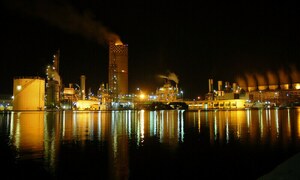
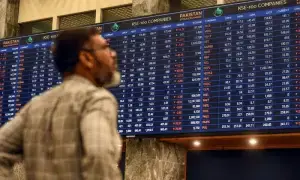
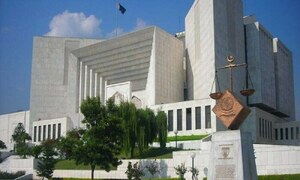
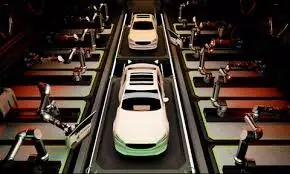




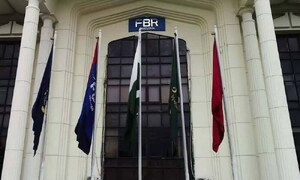
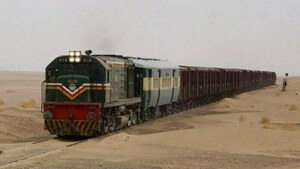
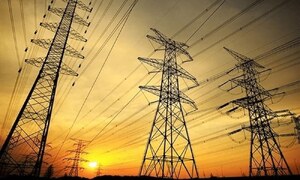
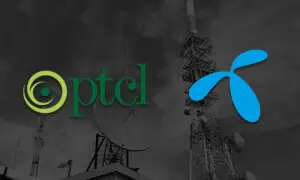



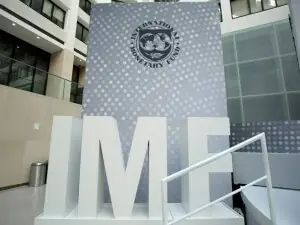
Comments
Comments are closed.